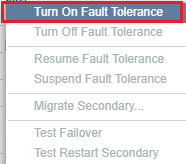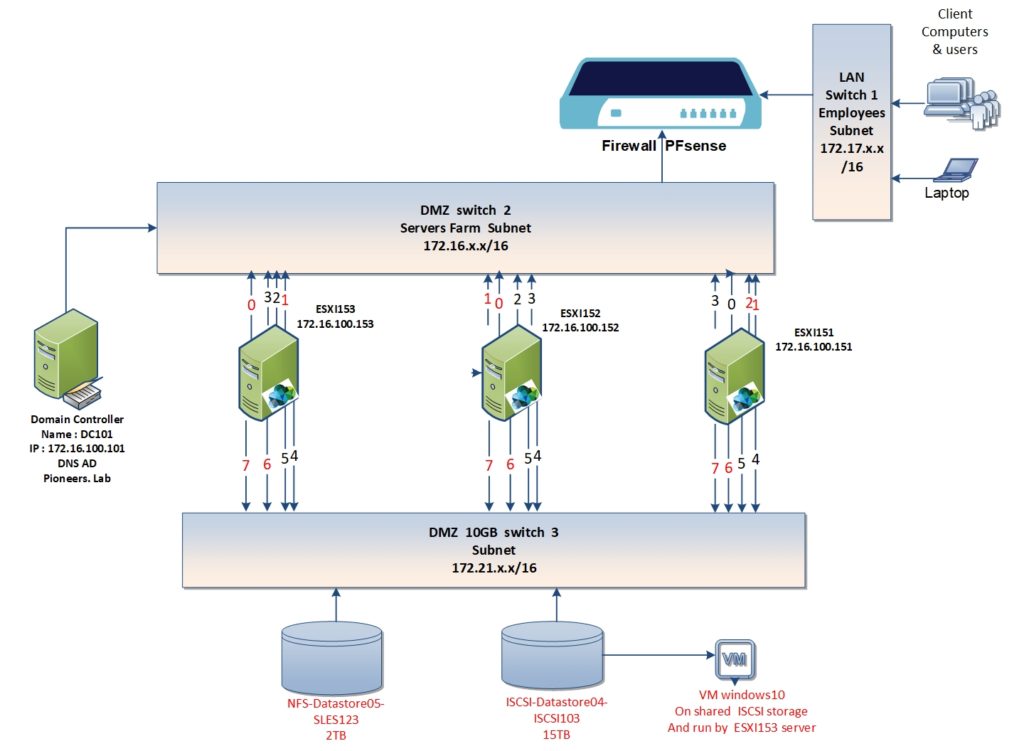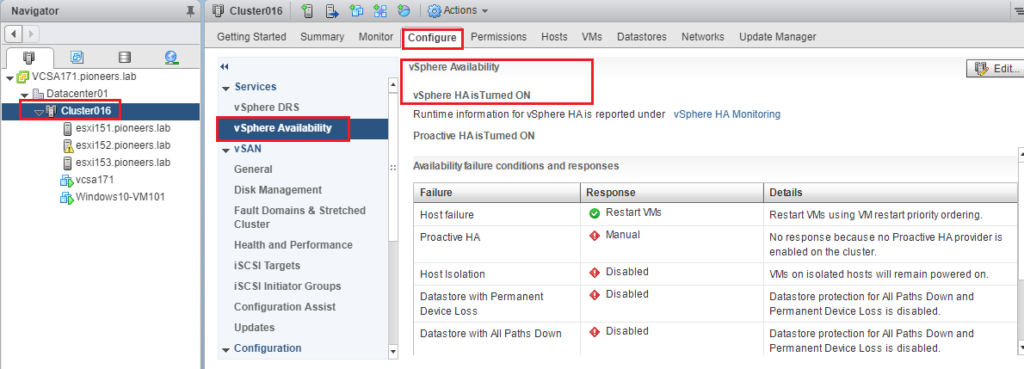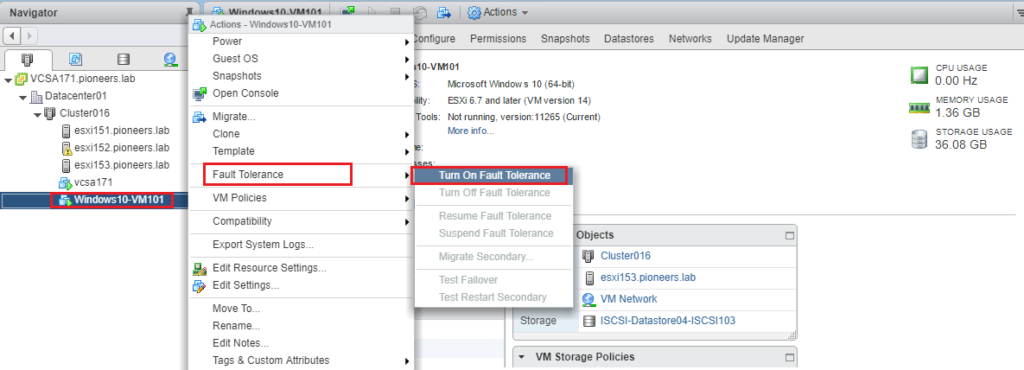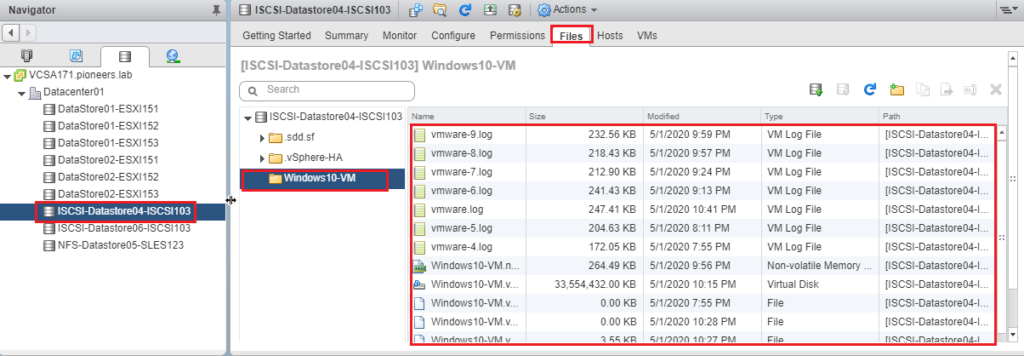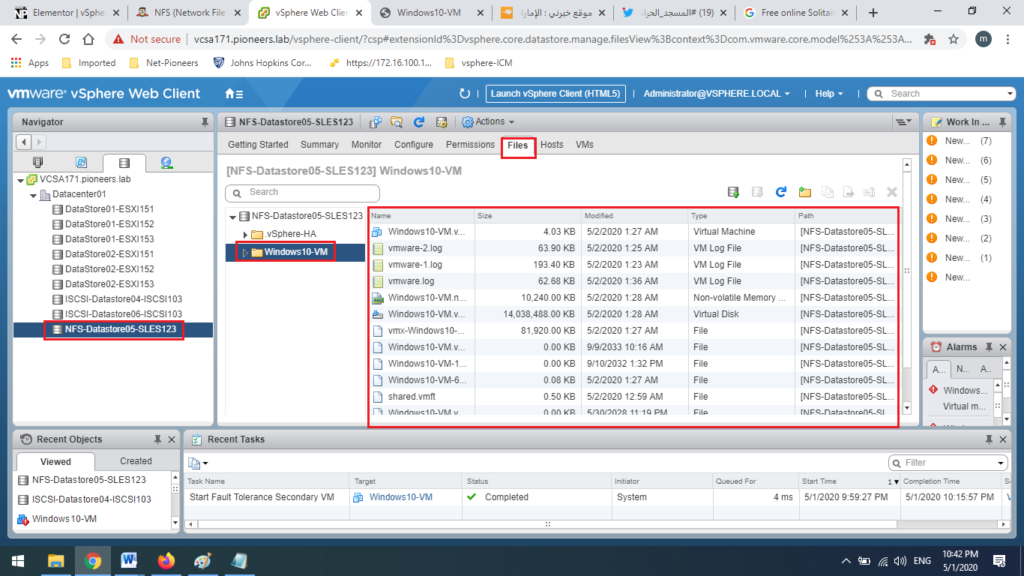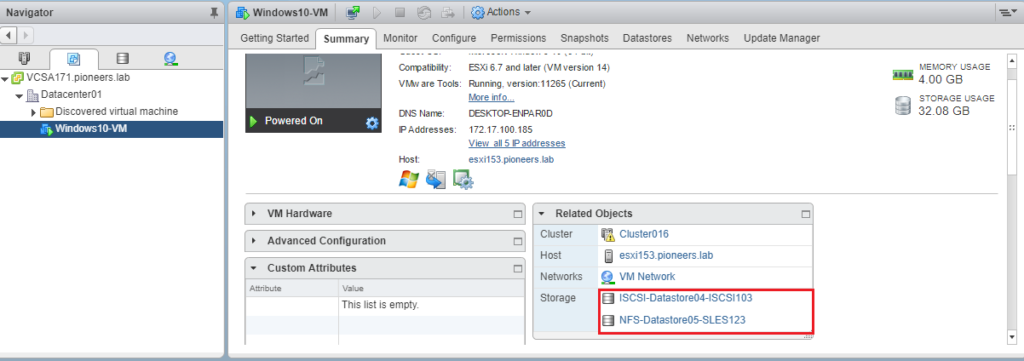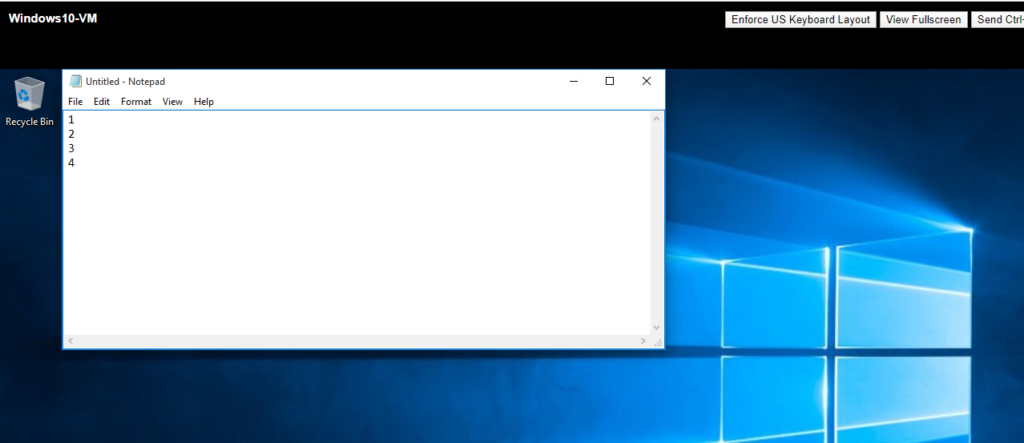introduction
in prev article Part I here we have got an overview of FT and how it works
also we discuss some disadvantages and limitations
beside of some considerations
in this article : we will discuss how to:
- configure prerequisites
- configure FT
- verify FT configuration
- test FT by power off ESXI153 server
- see what happen when ESXI153 back online
Network Diagram
please look to network diagram above :
cluster have three ESXI server ,
all three ESXI server are connected to 2 remote storage
- ISCSI-datastore04 with capacity 15TB
- NFS-datastore05 with capacity 2TB
VM windows 10 is stored as file on datastore04 and run by ESXI 153 as seen below
Configure FT
now requirement has been met above
let us to configure FT :
as we said FT is VM level : so right click VM and select fault tolerance
Test FT
FT has created secondary copy of VM in NFS datastore beside of primary copy in ISCSI datastore
VM is running and open text file as you above
to test FT : let ESXI153 down accidentally [power outage for example ]
if FT work successfully :> then ESXI151 will run immediately and VM will even restarted at all
Conclusion
fault tolerance is great feature for critical VM and application when required downtime = ZERO and loos Data = ZERO
FT is complementary to high availability feature , but has disadvantages and limitation as we mentioned in part 1
